Titra+ Automatic Potentiometric Titrator
The Labindia Titra+ is a state-of-the-art potentiometric titrator designed to meet the demands of various industries. With its advanced features, including intelligent burette assemblies, versatile titration modes, and user-friendly software, the Titra+ offers precise and efficient titration analysis for a wide range of applications.
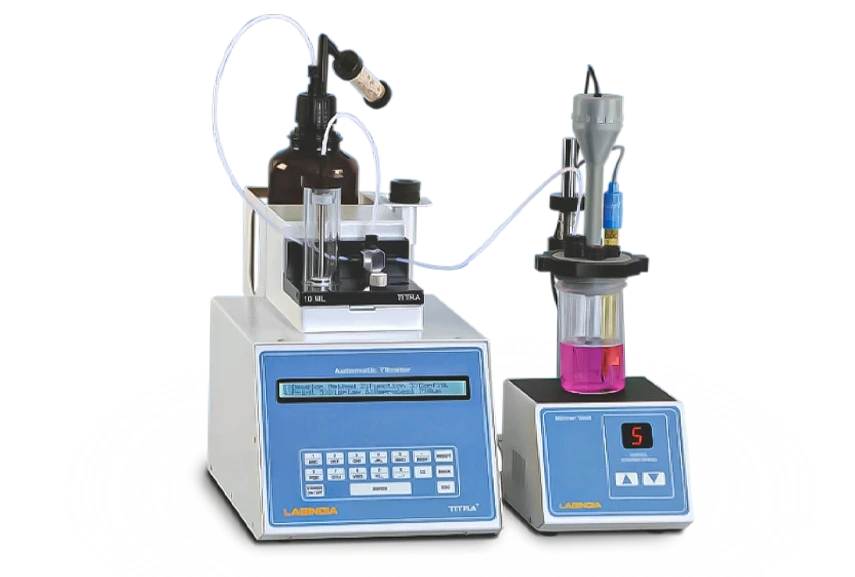
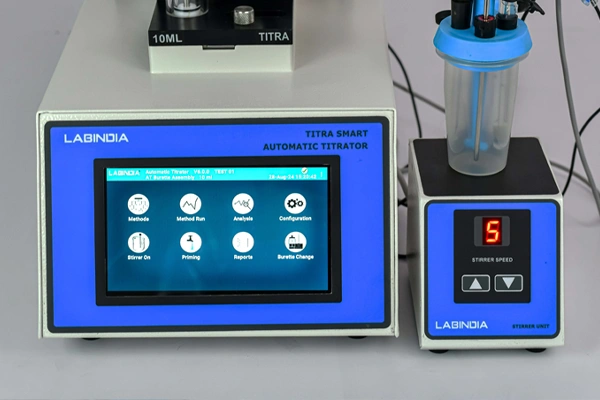
feature-1
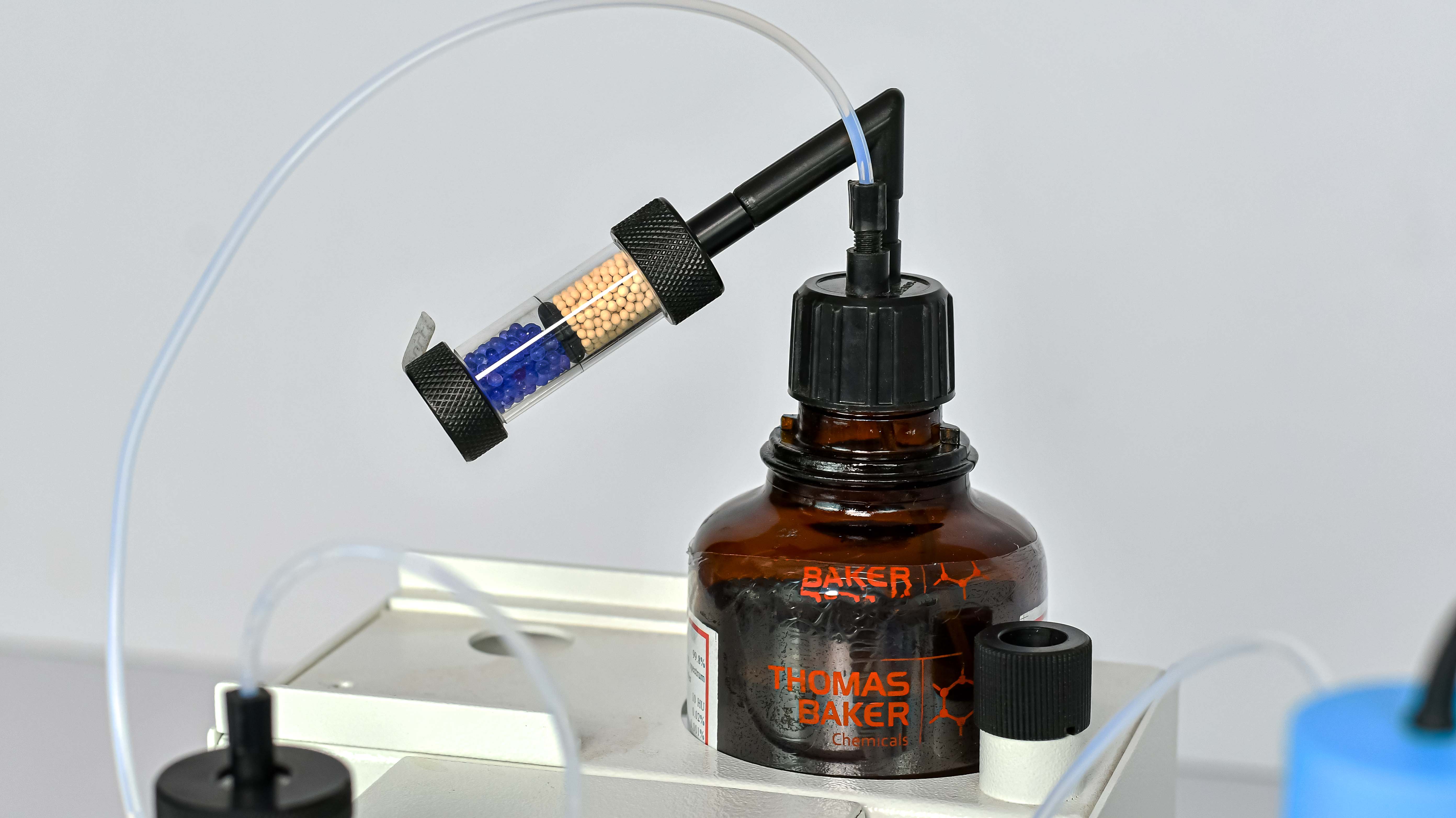
feature-2
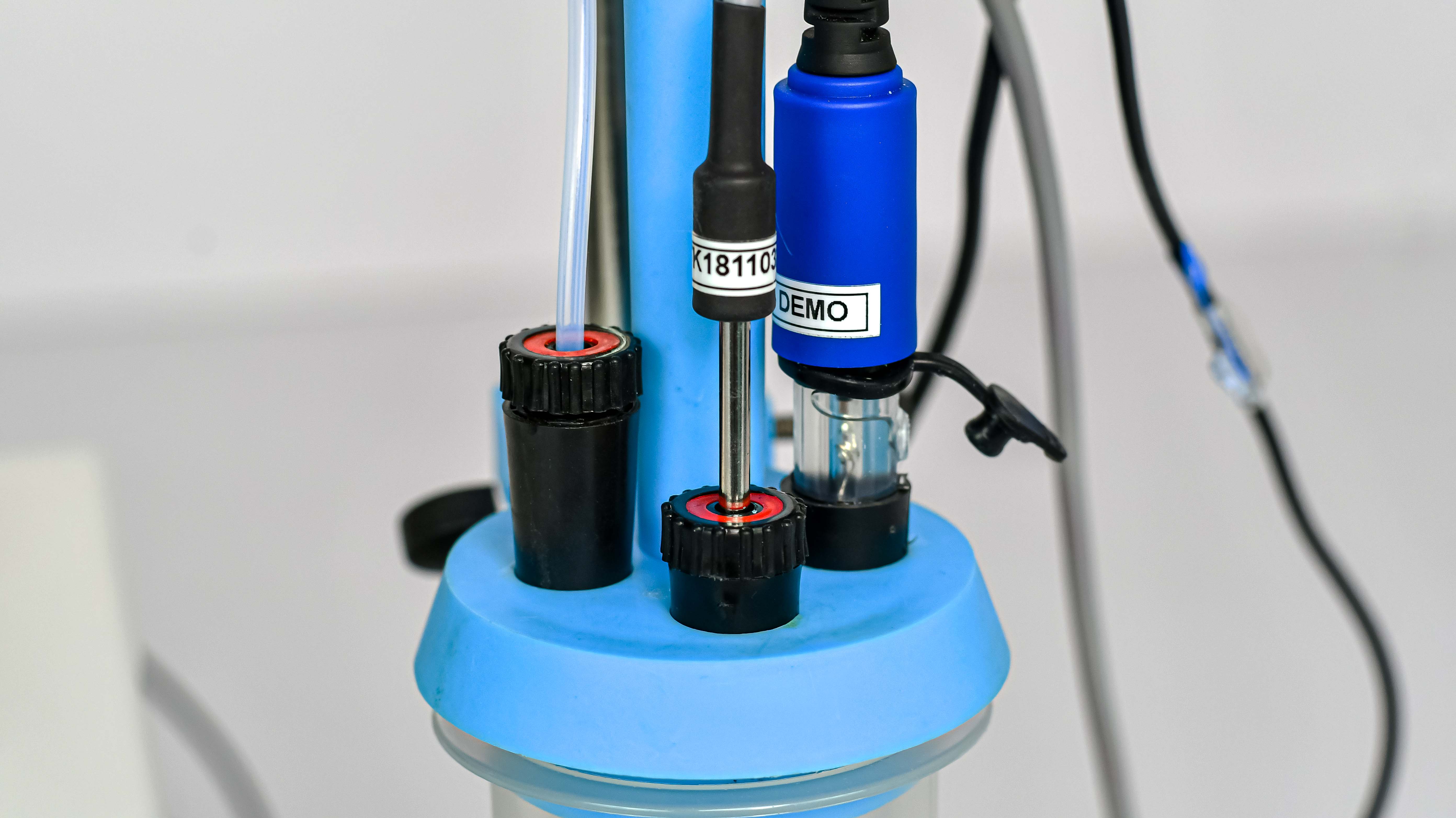
feature-3
Titra+ Automatic Potentiometric Titrator
The Labindia Titra+ is a state-of-the-art potentiometric titrator designed to meet the demands of various industries. With its advanced features, including intelligent burette assemblies, versatile titration modes, and user-friendly software, the Titra+ offers precise and efficient titration analysis for a wide range of applications.
ADVANCED FEATURES
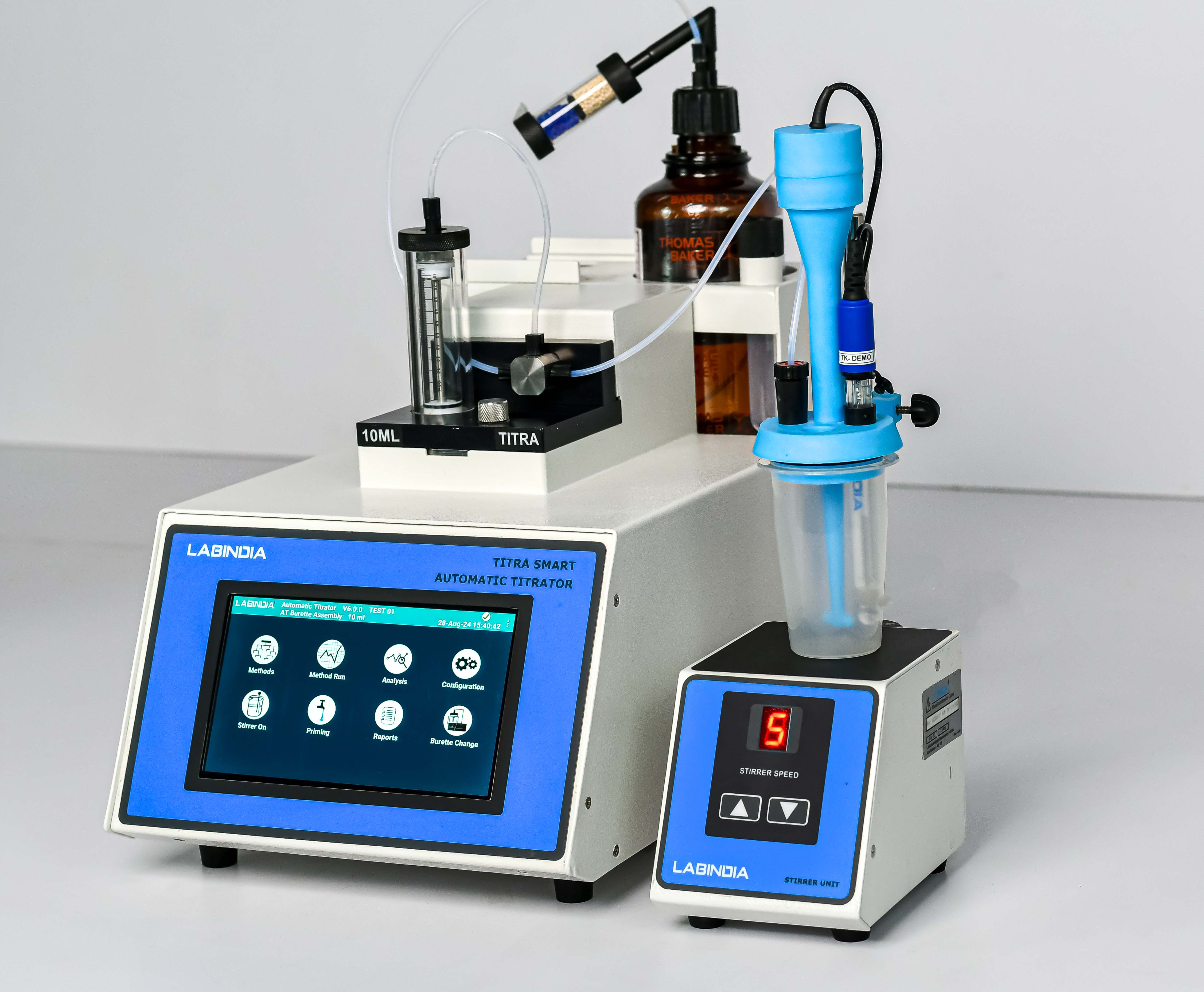

The Titra+ offers a comprehensive set of features, including a composite differential electrode amplifier unit for potentiometric and voltametric/Karl Fisher titrations, a temperature sensor for accurate measurements, and a balance interface for direct weight transfer. Additionally, the Titra+ provides various data management and analysis tools, such as method storage, report printing, and statistical functions.
Key Features
The Labindia Titra+ also features a vortex stirrer for vigorous and homogenous stirring, ensuring accurate and consistent mixing of samples. Additionally, it offers a pre-dispense function for quick and controlled titrant addition without disrupting the titration process.
ENHANCED FUNCTIONALITY


